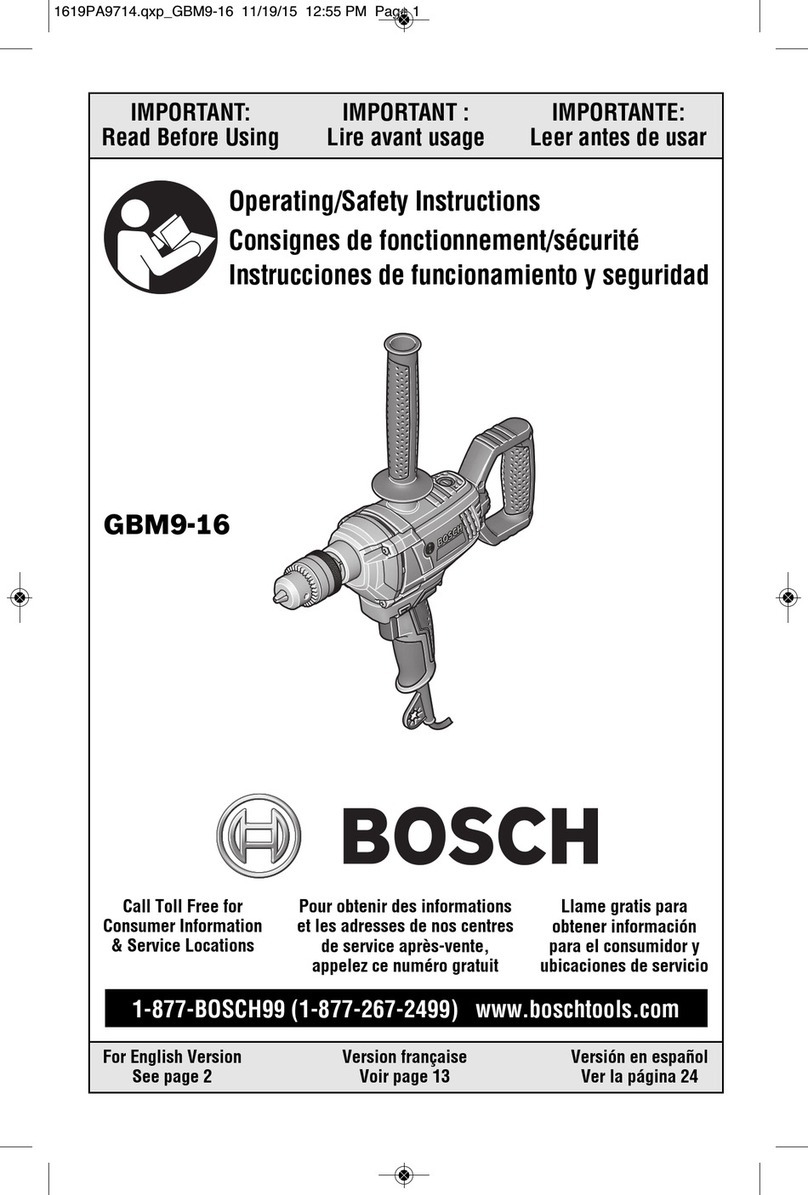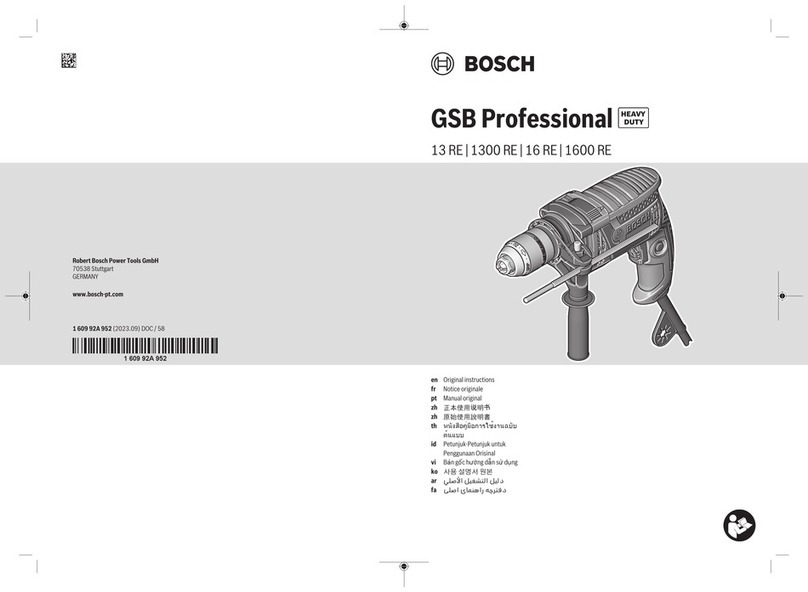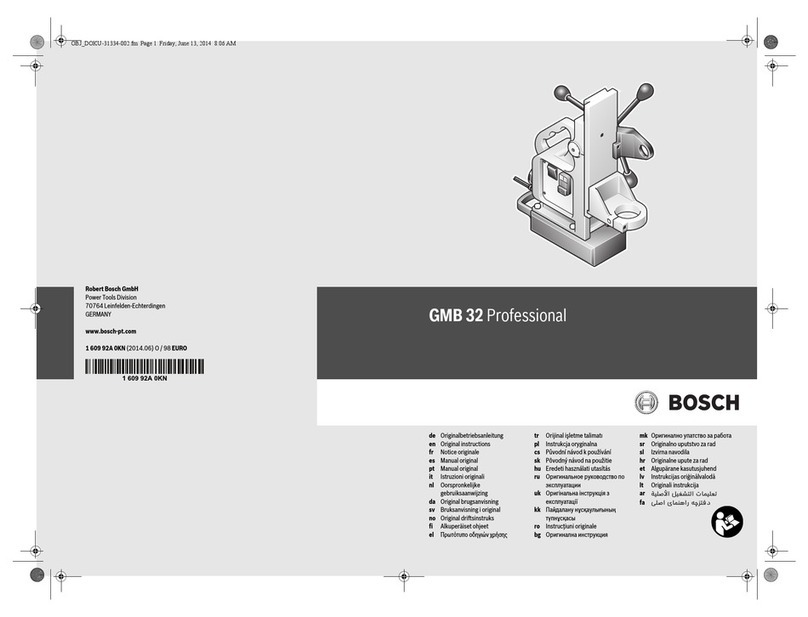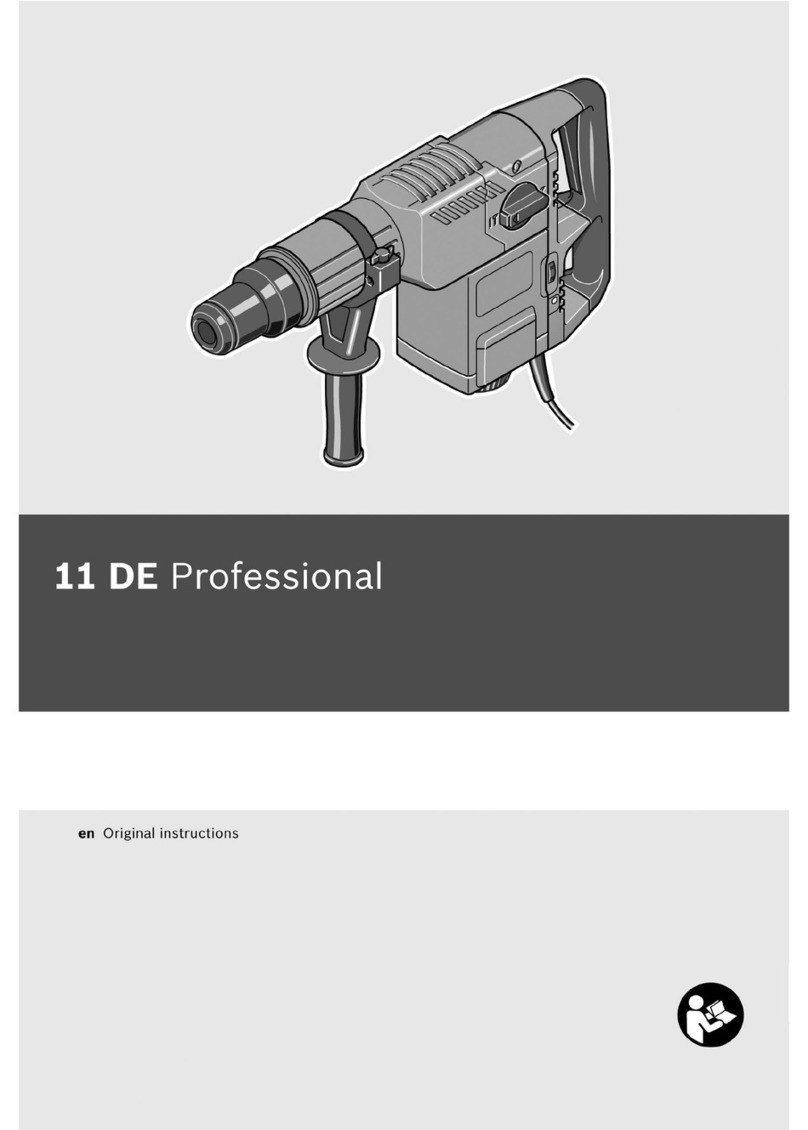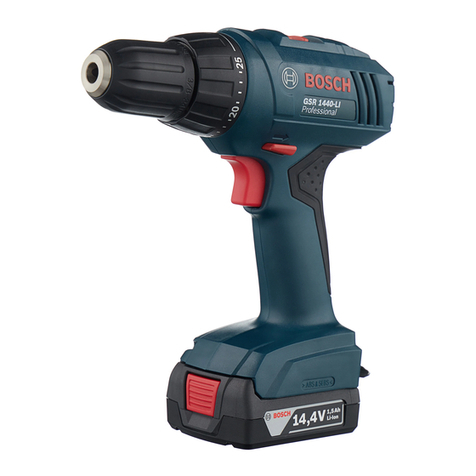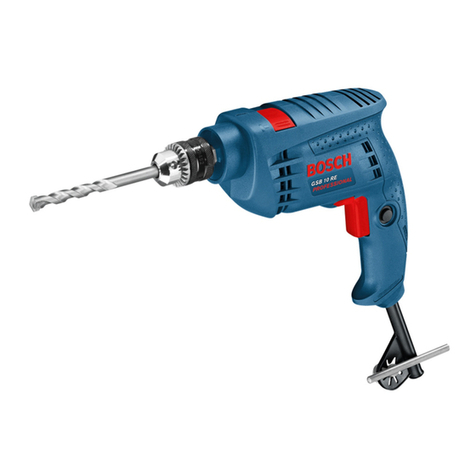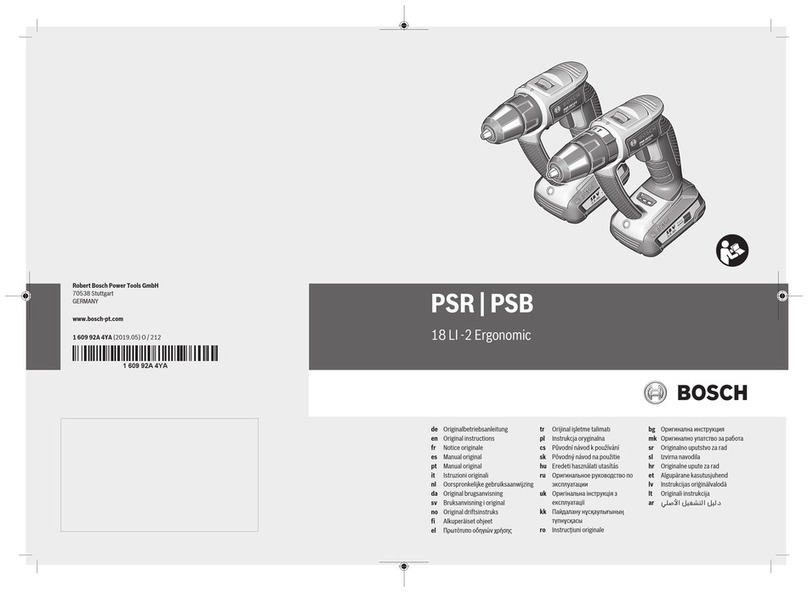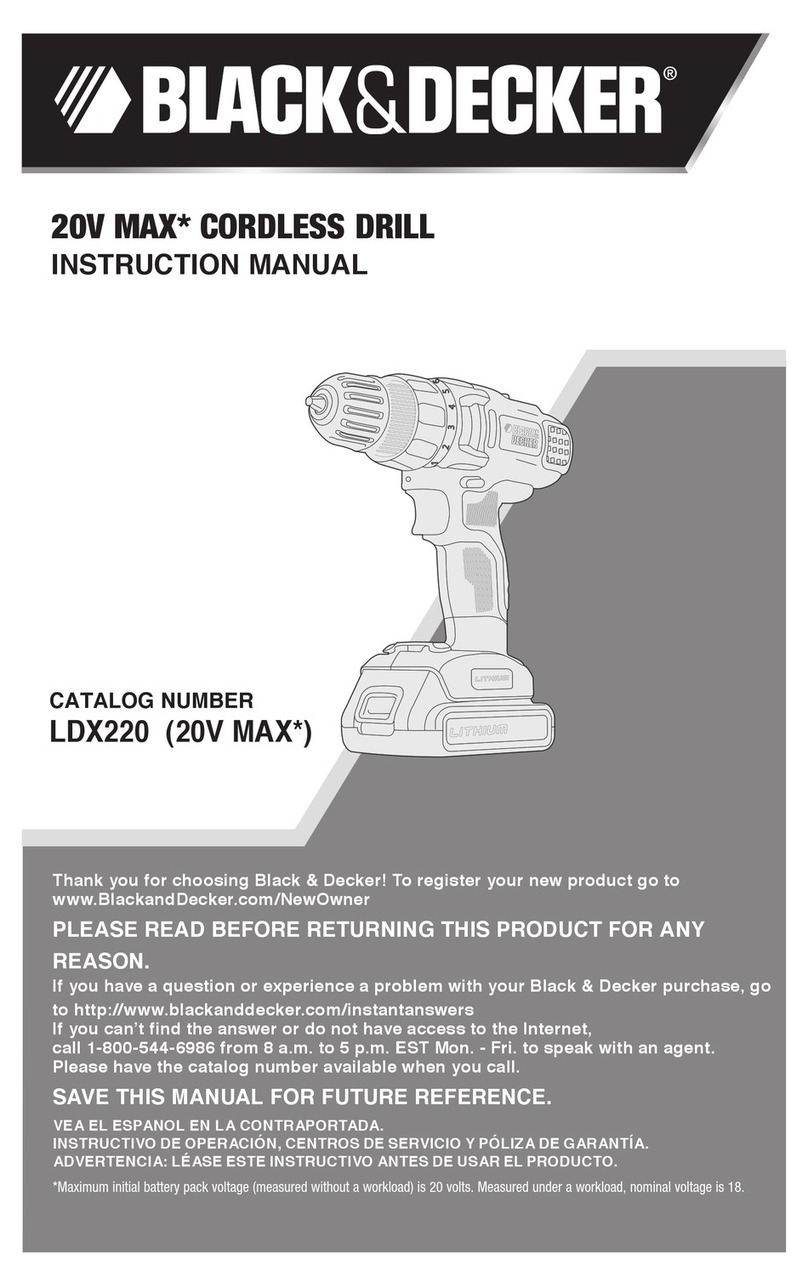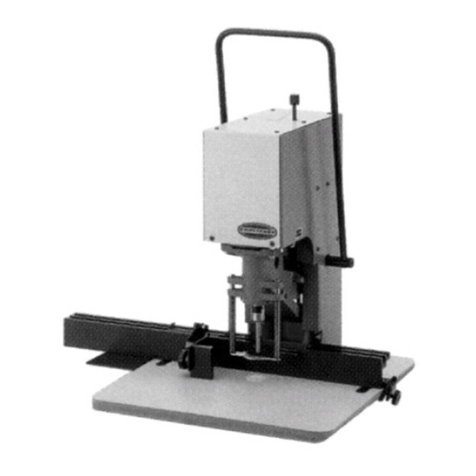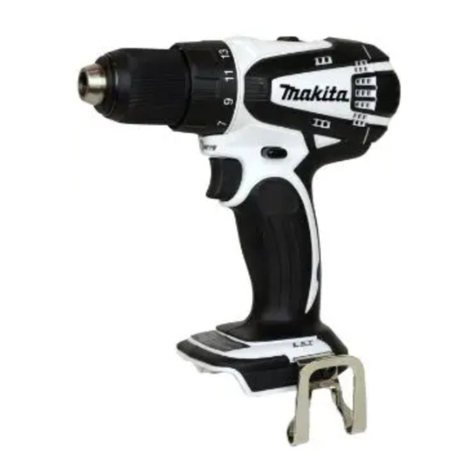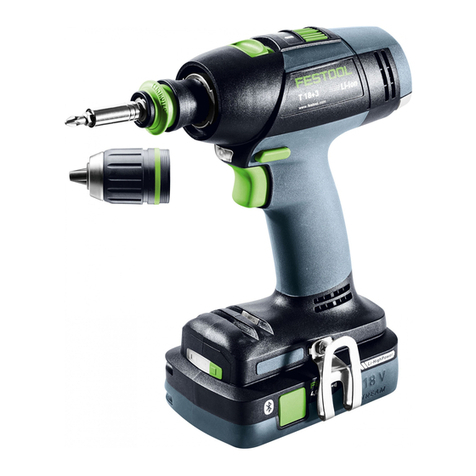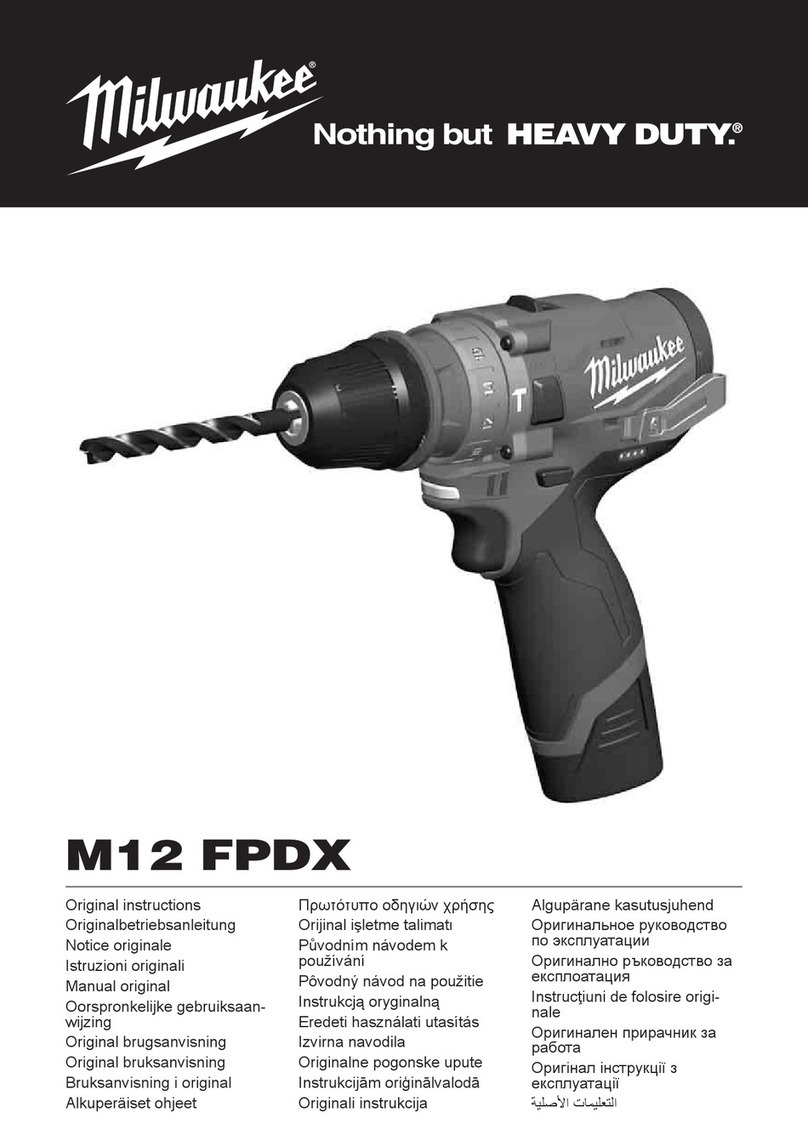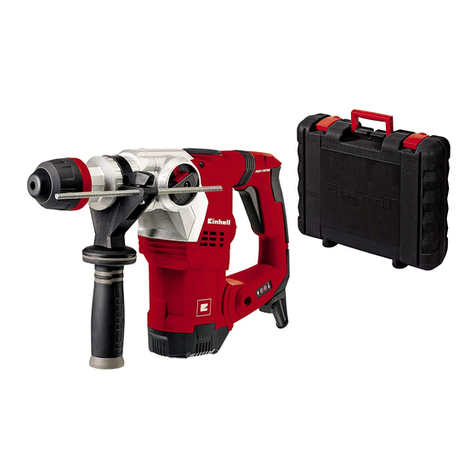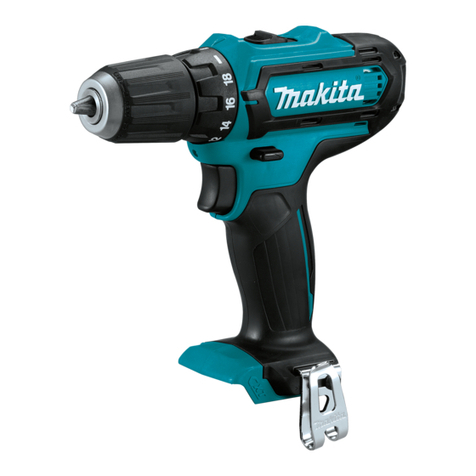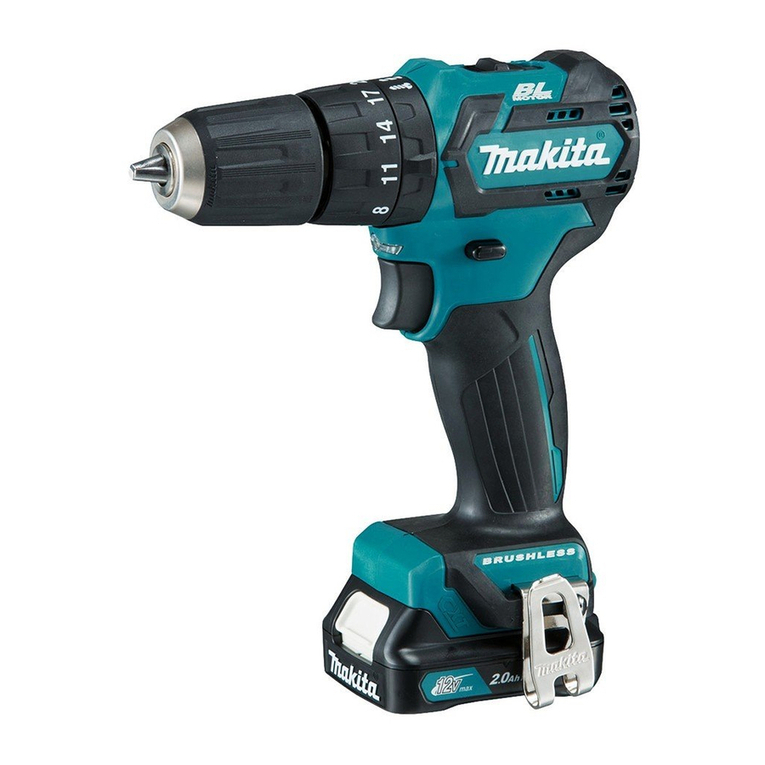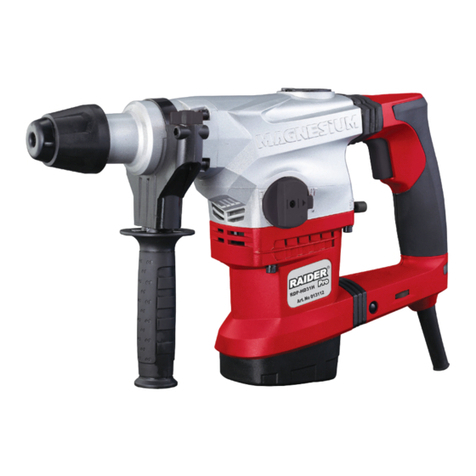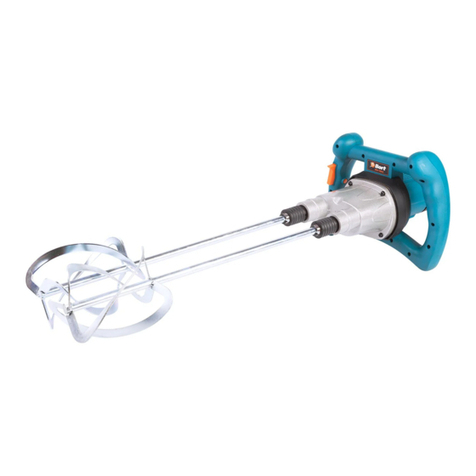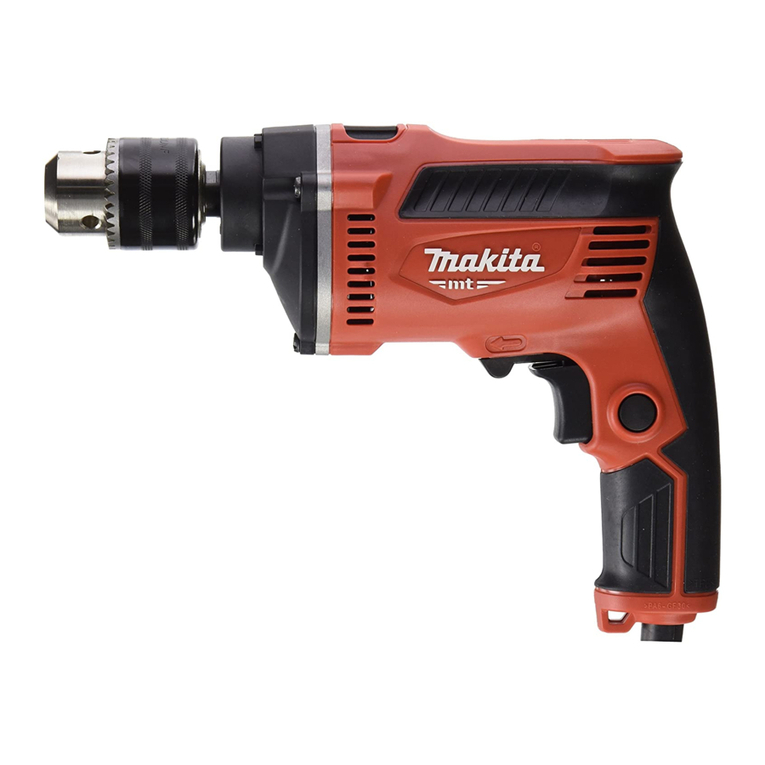
English | 7
Bosch Power Tools 1 609 929 R34 | (5.5.08)
g) If devices are provided for the connection
of dust extraction and collection facili-
ties, ensure these are connected and
properly used. Use of dust collection can
reduce dust-related hazards.
4) Power tool use and care
a) Do not force the power tool. Use the cor-
rect power tool for your application. The
correct power tool will do the job better
and safer at the rate for which it is de-
signed.
b) Do not use the power tool if the switch
does not turn it on or off. Any power tool
that cannot be controlled with the switch
is dangerous and must be repaired.
c) Disconnect the plug from the power
source and/or the battery pack from the
power tool before making any adjust-
ments, changing accessories, or storing
power tools. Such preventive safety mea-
sures reduce the risk of starting the power
tool accidentally.
d) Store idle power tools out of the reach of
children and do not allow persons unfa-
miliar with the power tool or these in-
structions to operate the power tool.
Power tools are dangerous in the hands of
untrained users.
e) Maintain power tools. Check for misalign-
ment or binding of moving parts, break-
age of parts and any other condition that
may affect the power tool’s operation. If
damaged, have the power tool repaired
before use. Many accidents are caused by
poorly maintained power tools.
f) Keep cutting tools sharp and clean. Prop-
erly maintained cutting tools with sharp
cutting edges are less likely to bind and are
easier to control.
g) Use the power tool, accessories, tool bits
etc. in accordance with these instruc-
tions, taking into account the working
conditions and the work to be performed.
Use of the power tool for operations differ-
ent from those intended could result in a
hazardous situation.
5) Battery tool use and care
a) Recharge only with the charger specified
by the manufacturer. A charger that is
suitable for one type of battery pack may
create a risk of fire when used with anoth-
er battery pack.
b) Use power tools only with specifically
designated battery packs. Use of any oth-
er battery packs may create a risk of injury
and fire.
c) When battery pack is not in use, keep it
away from other metal objects, like paper
clips, coins, keys, nails, screws or other
small metal objects, that can make a con-
nection from one terminal to another.
Shorting the battery terminals together
may cause burns or a fire.
d) Under abusive conditions, liquid may be
ejected from the battery; avoid contact. If
contact accidentally occurs, flush with
water. In liquid contacts eyes, additional-
ly seek medical help. Liquid ejected from
the battery may cause irritation or burns.
6) Service
a) Have your power tool serviced by a quali-
fied repair person using only identical re-
placement parts. This will ensure that the
safety of the power tool is maintained.
Power Tool-specific Safety
Warnings
fUse suitable detectors to determine if utility
lines are hidden in the work area or call the
local utility company for assistance. Contact
with electric lines can lead to fire and electric
shock. Damaging a gas line can lead to explo-
sion. Penetrating a water line causes property
damage.
fSwitch off the power tool immediately when
the tool insert jams. Be prepared for high re-
action torque that can cause kickback. The
tool insert jams when:
–the power tool is subject to overload or
–it becomes wedged in the workpiece.
OBJ_BUCH-720-001.book Page 7 Monday, May 5, 2008 8:55 AM

